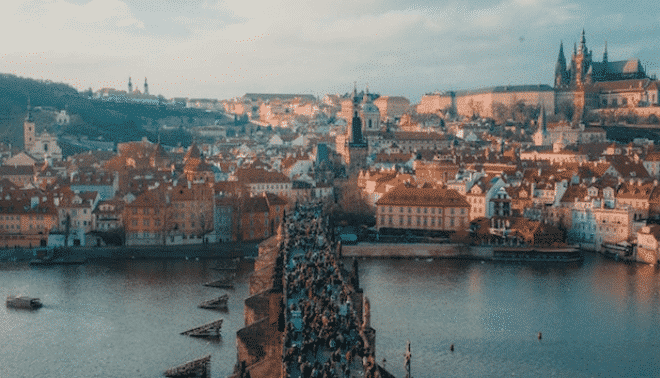Sign up for the Family Tree Newsletter Plus, you’ll receive our 10 Essential Genealogy Research Forms PDF as a special thank you!
Get Your Free Genealogy Forms
"*" indicates required fields
“Who Are You?” When The Who posed this lyrical question in their 1978 hit song, they could have been singing directly to Czech and Slovak roots seekers. The region’s diverse population and repeated power shifts have blurred the lines between ethnicity and nationality — leading many genealogists to experience an identity crisis.
As you investigate your ancestry, beware of the “nationality trap”: Even though Great-grandpa’s naturalization papers say he emigrated from Hungary, his village might be in present-day Slovakia. Czechs may discover German in their family lines, while Slovaks may uncover Carpatho-Rusyn, Hungarian, Polish or Ukrainian ancestry. So use these four D’s to delve deeper into your heritage:
• Dissect the details in documents. For example, compare the place of birth information in census records to the nationality given in passenger lists.
• Decode language clues. Don’t get lost in translation — ask relatives what language they heard their parents or grandparents speak. Check the census, especially the columns for parents’ mother tongues (1920) and and language spoken at home before coming to the United States (1930).
• Determine the denomination. Sometimes religion can provide additional clues. For example, Carpatho-Rusyns are typically Greek Catholic. But don’t take these generalizations as gospel — every rule has exceptions.
Carpathian Rus: Welcome to No Man’s Land
Pop art icon Andy Warhol once claimed, “I come from nowhere.” Was he serious? It’s anybody’s guess. Biographies have described Warhol as Czech, Rusyn, Ruthenian and Slovak. His parents, Ondrej and Julia Warhola, emigrated from Miková, a Rusyn village in eastern Slovakia.
Which begs the question: What exactly is a Rusyn? The term refers to people from Carpathian Rus’ (also called Ruthenia), an area on the southern and northern slopes of the Carpathian Mountains where the borders of Ukraine, Slovakia and Poland meet. Rusyns have never had their own state — since the sixth century, they’ve lived as minorities within various nations. Their homeland now sits mostly in Slovakia.
Rusyns have borne numerous self-imposed and assigned sobriquets, including Carpatho-Russian, Carpatho-Ukrainian, Rusnak, Ruthene, Ruthenian and Uhro-Rusyn. The most appropriate designation is Carpatho-Rusyn, or simply Rusyn. They’re not “just some kind of Slovak.”
ADVERTISEMENT


